The Best Convolution Reverb Plugins in 2022 | A Buyer’s Guide
Convolution reverb is an extremely realistic-sounding and useful way to recreate specific acoustic environments. Because of this, convolution effects have become a go-to in audio post-production, allowing engineers to place sound effects and dialogue in a sonic environment that is stunningly convincing.
These powerful tools have also become increasingly popular in the music world. They are now mainstays in mixing, where they may be used in conjunction with direct mics or to augment the room mics, giving the engineer additional control over a studio or venue’s acoustics.
For the basement music producer, convolution reverb is a god-send as well. In a small space with bad acoustics, there’s rarely much point in mic’ing the room. However, convolution reverb allows you to place the signal from your close-up direct mics into any multitude of world-class recording environments at the click of a button.
A Look at the Best Convolution Reverb Plugins
Today, we’ll look a little more closely at some of the very best options available across a variety of price categories, all the way from “free” up to “expensive but probably worth it”. But first, a little refresher on just what convolution reverb is and how it works.
What’s a convolution reverb?
There are two primary types of reverb in the digital plugin realm: “algorithmic” and “convolution” reverbs.
Algorithmic reverb is probably still the most popular style of reverb plugin, and for many decades, these were the only kinds of digital reverbs available. In a nutshell, they use a series of complex equations to virtually imitate how sound reacts in a reflective space.
Algorithmic reverb is often the perfect choice when you want to use reverb as an “effect”, and there are classic algorithmic reverbs that offer what have become truly iconic sounds. Some options at the high end today have done a surprisingly good job of creating lush reverbs that sound quite realistic. But in many cases, when you want your source audio to sound like it’s in an actual specific space, convolution reverb may be the best option.
Convolution reverb (sometimes called “impulse response reverb”) relies on a digital sample of the acoustics of an actual physical space. This sampled reverb is called an “impulse response” (IR), and to create them, an engineer uses a set of speakers and microphones to “sweep” a room with the entire frequency spectrum, and records the response.
Once this impulse response is captured, a convolution reverb program can apply that environment’s unique acoustic response to any sound you feed into it.
This process of convolution can even be used to capture and recreate other forms of reverb as well, such as spring, plate and even algorithmic digital hardware units, potentially making dedicated algorithmic reverbs somewhat redundant for some users.
Best Free Convolution Reverb Plugins
MConvolutionEZ by MeldaProduction
If you’re on a budget close to “zero”, MConvolutionEZ is one of the best free options out there. To a degree, you get what you pay for in the form of limited control, but that doesn’t mean this plugin useless. Far from it.
It comes with a fair-sized library of good-sounding IRs, from small rooms to large halls, even guitar amps and microphones. However, you don’t have much flexibility to make any changes to whichever reverb you choose.
Despite the limited controls, the $0 price tag means you can download the plugin and see if it works for you with no risk attached. It’s a great way to play around with convolution reverb and see how it sounds before delving into more expensive options on the market.
Convology XT by Impulse Record
Another great option in the free plugin realm, Conovology XT, fills in some of the gaps that MConvolutionEZ is missing. It offers plenty of flexibility and control over each IR’s characteristics.
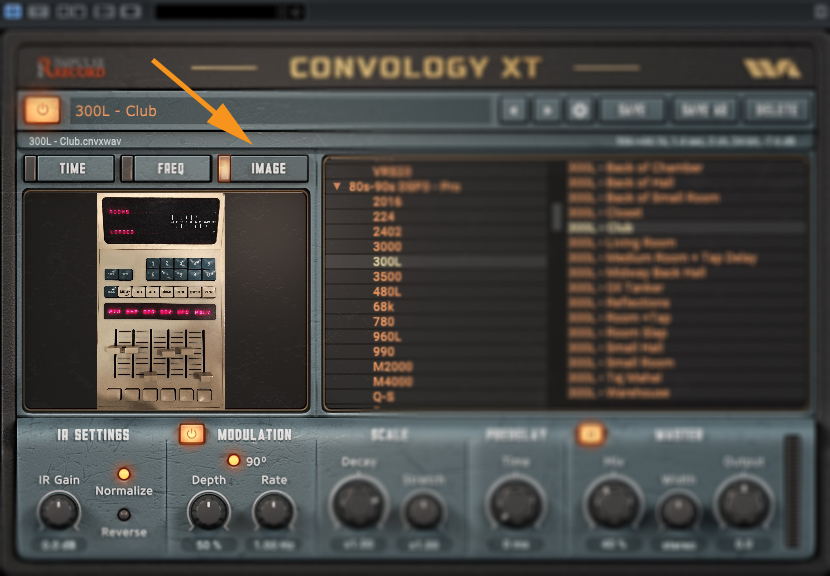
Convology is free to use and comes with a suite of vintage hardware IRs. You can expand on this with a huge variety of additional IR libraries that are compatible with other convolution reverbs.
The plugin itself is free to download and comes with 70 vintage reverb unit IR files out of the gate, making it more useful in the music production realm than in post-production. That is, until you begin adding on expansion packs.
This is where Convology really begins to excel. Its expansion packs allow you to take a surprisingly useful free plugin and make it into a more professional library of sounds over time, on an as-needed basis.
Beyond many more vintage gear IRs, the expansion packs include libraries of indoor and outdoor spaces, as well special effects, making it as useful for audio post as for music production as you add on new packs.
If you want to experiment with creating and importing your own IRs, Convology lets you do that too. It’s an easy and fun process for those who want to get creative with acoustic of spaces experienced in day to day life, or who want to model on old favorite hardware effect.
Another great thing about these expansion packs is that the IR libraries are compatible with many other convolution reverb plugins on the market, meaning you’re not locked in to Convology if you ever want to upgrade in the future. And if you really like the sound of some of their IRs, you don’t even need to be a user to take advantage of them.
Best Mid-Priced Convolution Reverb Plugins
Space by Avid
While this isn’t the absolute “best” convolution reverb plugin on this list, if you’re a Pro Tools user with a subscription to the “Software Updates & Support Plans”, chances are that you already have access to a Space license at your disposal. So, it makes a great starting point for those who are looking to get started with convolution reverb.
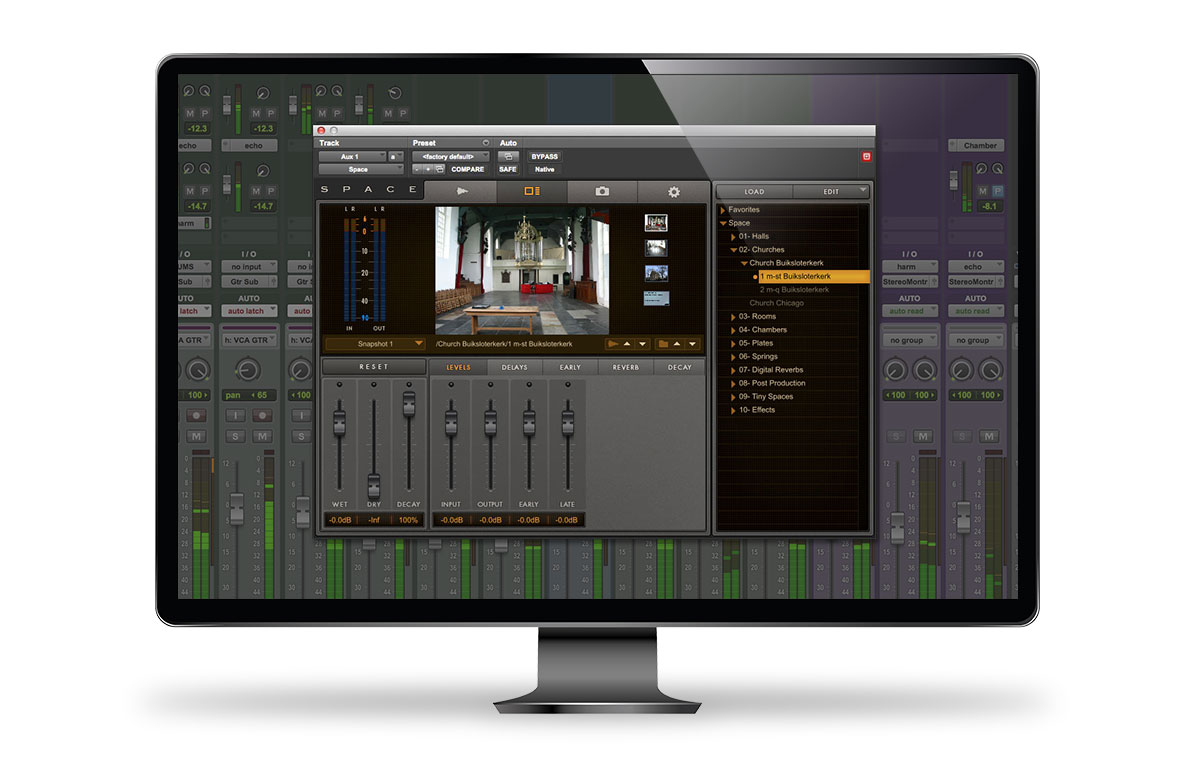
Avid’s Space may be included in your Pro Tools bundle already. It’s a mid priced convolution reverb with a decent feature set, though a somewhat limited built-in library size.
This plugin offers IRs of everything from small bedrooms to large concert halls, along with a collection of unique spaces specific to post-production, such as inside a car.
You’re also given a fair amount of control over the reverb’s characteristics, with controls for early reflections, pre-delay and decay time and more. This in useful when you find a space that’s close to what you need but requires just a bit of tweaking to make it perfect.
The downside for me is the price for non-Pro Tools subscribers. At $199 USD, it’s a little steep, given that the library is on the smaller size, and it’s a bit feature-light compared to some of the alternatives we’ll get to in a moment. However, if you already have it in your plugin library, it definitely has its uses, so check out your Avid account to see if you can put it to use in your work. And if you’ve been planning to upgrade your Avid account, it may be a welcome bonus.
IR1 by Waves
For those looking to purchase their first convolution reverb, IR1 by Waves is usually my recommendation, especially if you can catch it on one of Waves’ regular sales. If you do see a killer sale price on it, don’t think low price translates to low quality.
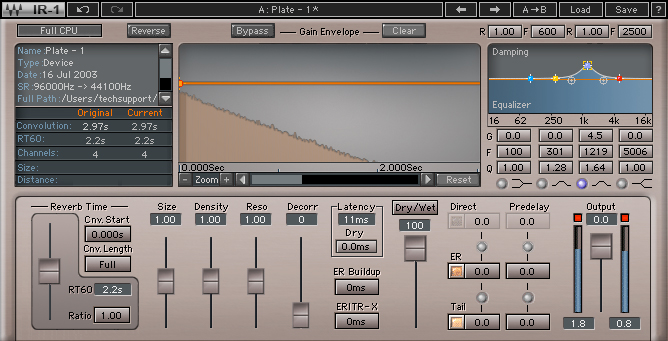
Wave’s IR 1 has been around for quite a while now, and can often be found at an attractive discount.
The plugin was released about 15 years ago, making it one of the older models on this list. Accordingly, the interface doesn’t look nearly as pretty as some of the other plugins on the market, but the sound quality and library of spaces still hold up to today’s needs.
This plugin features famous environments from around the world, including everything from Wembley Arena to the Sydney Opera House. In addition to the IRs included with the plugin, Waves offers a free download of over 100 additional IRs for use in IR1.
If you still aren’t satisfied with what’s included, the plugin even allows you to create and import your own impulse responses.
Given the plugin’s age, there have been several additional versions of the standard IR1 plugin released over time. IR-L is an easy to use, stripped down version of IR1, with less controls and greater DSP efficiency. IR360 is an advanced version of IR1, offering 5.1 surround sound capabilities. Finally, IR-Live is a low latency, quick-to-use version of the plugin, designed with the live sound engineer in mind.
Reverberate 2 by Liquid Sonics
This is another awesome mid-budget plugin. It’s technically what’s known as a “hybrid convolution reverb”, combining traditional IR technology with additional digital signal processing. This comes together in Reverberate 2’s Fusion-IR processor, an aspect of this plugin that really makes it unique from others out there.
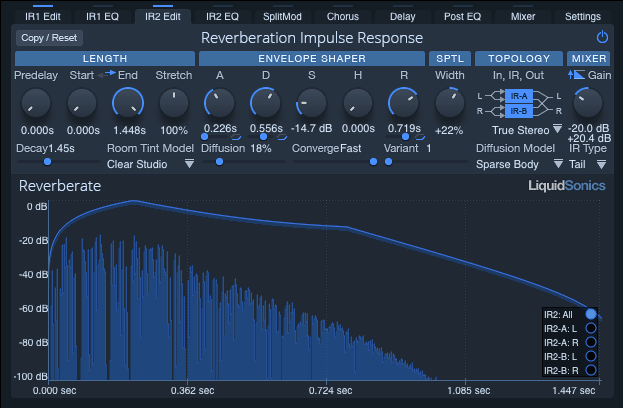
Reverberate 2 is a “fusion” convolution reverb that starts with conventional impulse responses and then combines them in novel ways with additional DSP.
Fusion-IR was created by Liquid Sonics to solve certain limitations of traditional convolution reverb. The system actually captures several IRs of the same space and modulates between them in real time. This is said to give the reverb a more detailed sound, and be more realistic to the way a natural reverb would react in the real world.
In addition to Fusion-IR, there are a number of other notable features to Reverberate such as an LFO to modulate the pitch of an IR, and the ability to combine portions of IRs from separate rooms into a single hybrid reverb.
The plugin isn’t much for looks, sporting a simplistic text-heavy design, and the ten tabs worth of settings can make it a little daunting to the beginner engineer. However, I look at this level of detailed control as a plus, especially given that the plugin only costs $125 USD.
The Very Best Pro Convolution Reverb Plugins
Altiverb by Audio Ease
Audio Ease have made themselves the go-to company for convolution reverb, starting with the first release of their original convolution plugin, Altiverb back in the early 2000s. Since then, the company has been traveling the world for more than a decade and a half, collecting impulse responses from hundreds of unique and famous spaces.
Here, you’ll find everything from churches, to scoring stages, to underground caves and tunnels. On top of the countless environmental IRs, Altiverb also features a large number of vintage reverb units such as the EMT 250, AMS RMX16 and even the “world’s biggest spring reverb.”
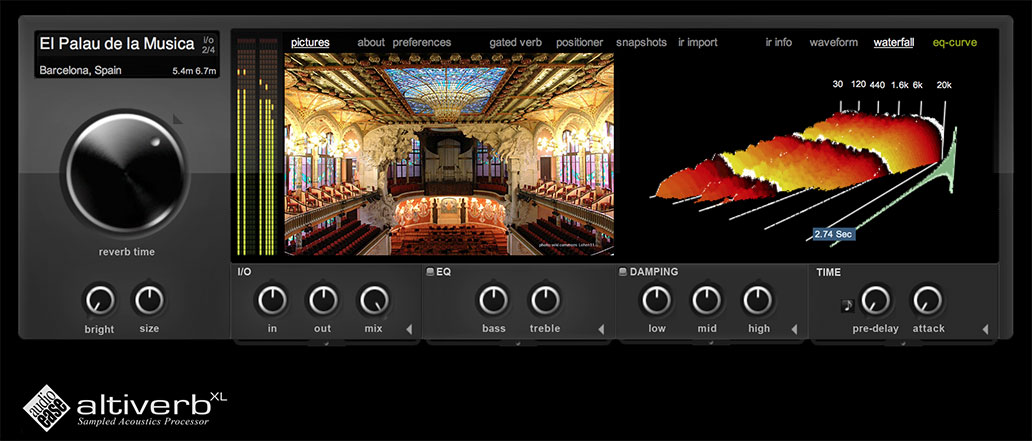
Altiverb is the O.G. Mac Daddy of convolution reverbs. It’s definitely not the cheapest, but offers one of the most impressive IR libraries and navigation workflows ever devised.
Now in its 7 th version, with an IR library that’s always expanding, Audio Ease makes all future additions to this massive library available to all Altiverb users.
Given the library size, Altiverb also features one of the most sophisticated IR browsers on the market. It includes detailed keyword searching, pictures of every IR location, easy favoriting and even a “similar” button to find sonically-related IRs to try. This is integral to the post sound engineer who needs to find a very specific sounding acoustic as quickly as possible, and to the mix engineer who wants to audition variations on a given sound quickly.
All of this, combined with an excellent engine and the ability to automate every aspect of Altiverb make it hands down the best convolution reverb plugin on the market.
However, such quality comes at a high price, with the entry level version starting at €499 (about $550). Given the relatively high price tag, Altiverb probably isn’t worth it for the average neophyte audio engineer who only occasionally needs a convolution reverb plugin.
That said, for the semi-pro to professional sound engineer, you won’t find anything better than Altiverb. The ease of use and massive library make it a truly valuable asset to have in your toolbox.
Indoor by Audio Ease
Once again, Audio Ease is leading the charge with their innovative plugin, Indoor. For this plugin, Audio Ease modeled 60 indoor environments, gathering over 1,000 IRs from every possible location and scenario.
They tied all these impulse responses together in a unique engine that presents a 3D model of the environment, allowing you to place a sound source and the end listener in any area of a building.
You can open or close doors, place the source and listener on separate floors, and pan in up to 7.0 surround, plus Dolby Atmos. This lets you place sounds with such incredible specificity, and in a way that no other plugin has previously allowed.
Automation is available to move sounds from room to room in real-time, bringing a whole new level to mixing with convolution reverb.
The engine is really something else and has to be seen to understand just how revolutionary it is. Check out the video below for a demo from Audio Ease on Indoor’s full capabilities.
Like Altiverb, this plugin is not a cheap investment, but I have yet to see a convolution reverb on the market that matches what it’s capable of. For a post-production engineer it is an exceptionally powerful tool.
What’s the Best Convolution Reverb Plugin for You?
Convolution reverb is a useful tool for both music and audio post production engineers. Which plugin you choose really depends on your needs and budget.
The free options such as Convology XT and MConvolutionEZ are great for getting your feet “wet” in convolution reverb (pun-intended). But you’ll likely quickly want to move onto options with larger IR libraries and greater control as your needs develop.
If you have a low budget and don’t see yourself using convolution reverb too often, Waves’ IR1 could definitely suffice. That said, Reverberate 2 also has some unique features, and far more control than any other plugin in its price range.
Finally, if you intend to use convolution reverb as a primary tool in your work, it’s well worth the investment to purchase Altiverb. For post production engineers, Indoor is a close second thanks to its unique engine, but if you can only buy one, Altiverb is probably the way to go, due to the sheer size of its library alone.
At the end of the day, no matter the plugin you use, convolution reverb is a fantastic tool with many creative possibilities. We’d love to hear some of your favorite uses for this type of reverb in the comments below. And be sure to let us know if you think we missed any especially notable IR plugins you use!
Lliam Buckley is an audio engineer, music producer and owner of Corduroy Sound in London, Ontario. When he’s not recording music or writing about the industry, he spends his time writing music and performing with the folk collective Esther’s Family.
Please note: When you buy products through links on this page, we may earn an affiliate commission.







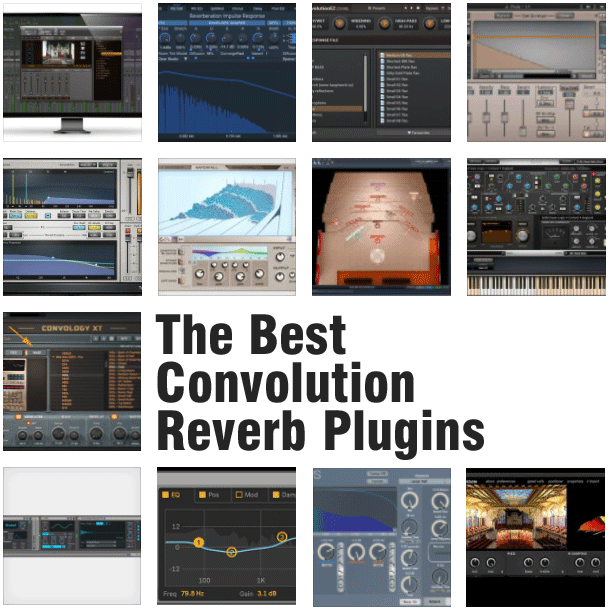
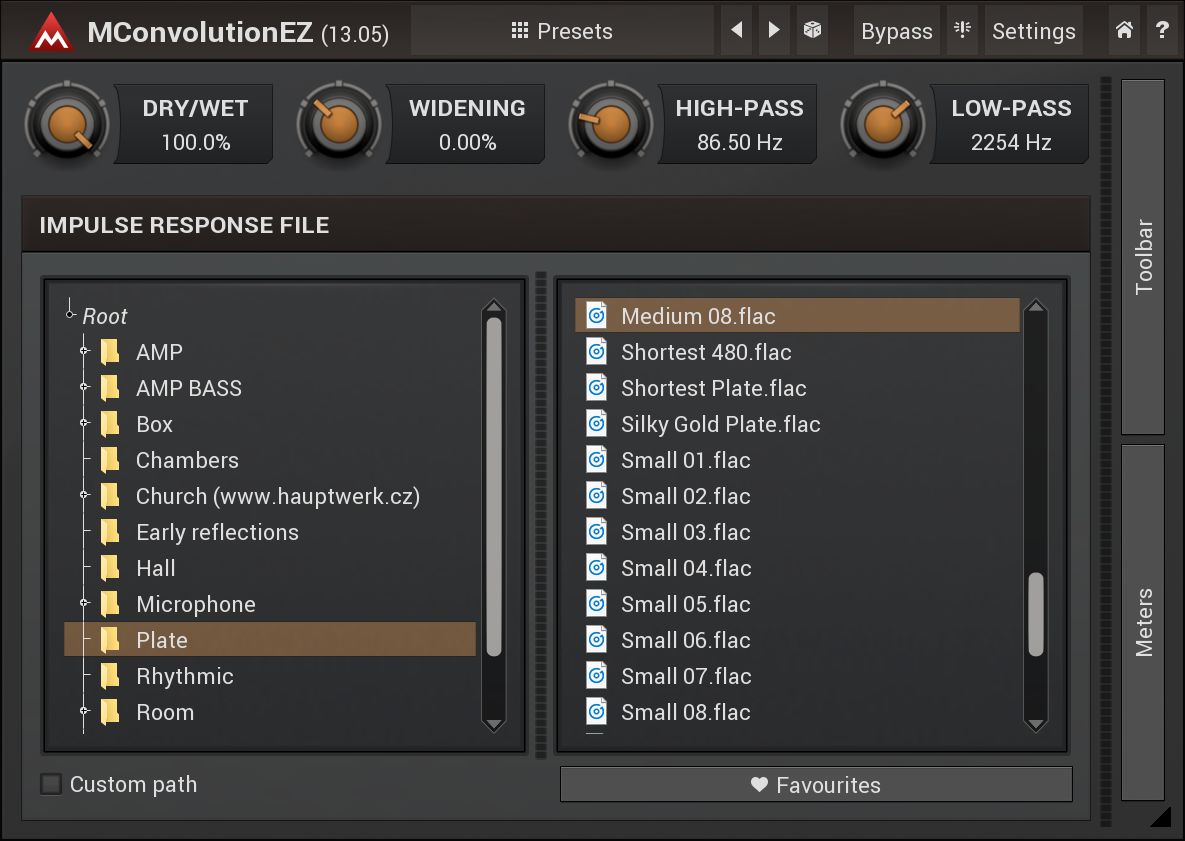
[…] These powerful tools have also become increasingly Read more… […]
[…] http://sonicscoop.com/2019/10/02/the-best-convolution-impulse-response-reverb-plugins-on-the-market… The Best Convolution Reverb Plugins on The Market […]